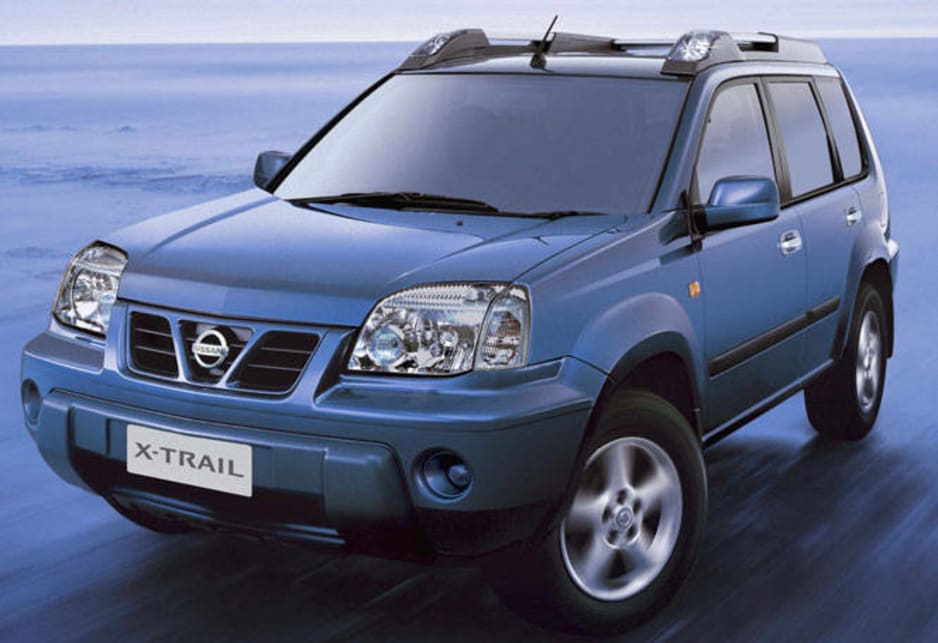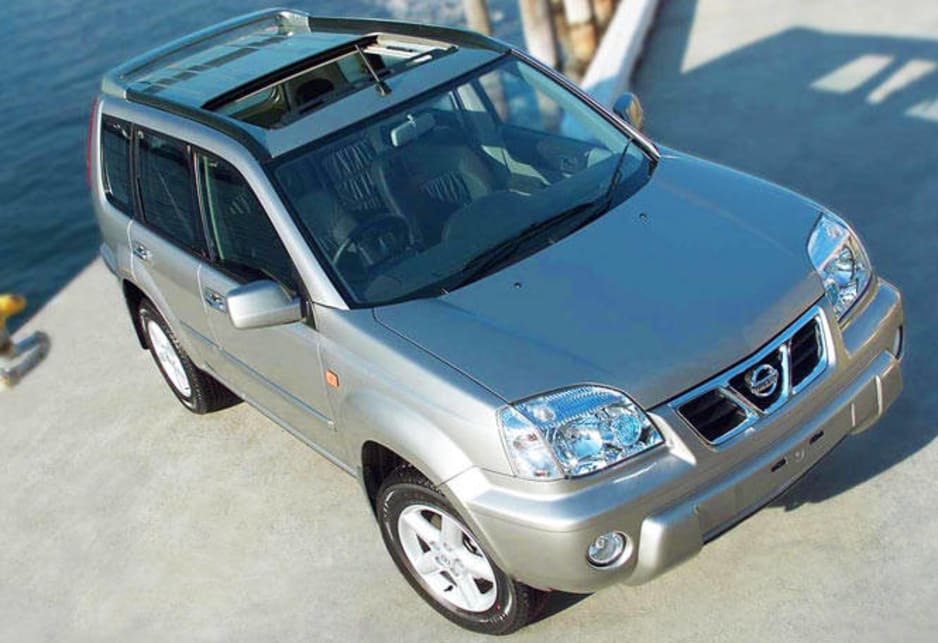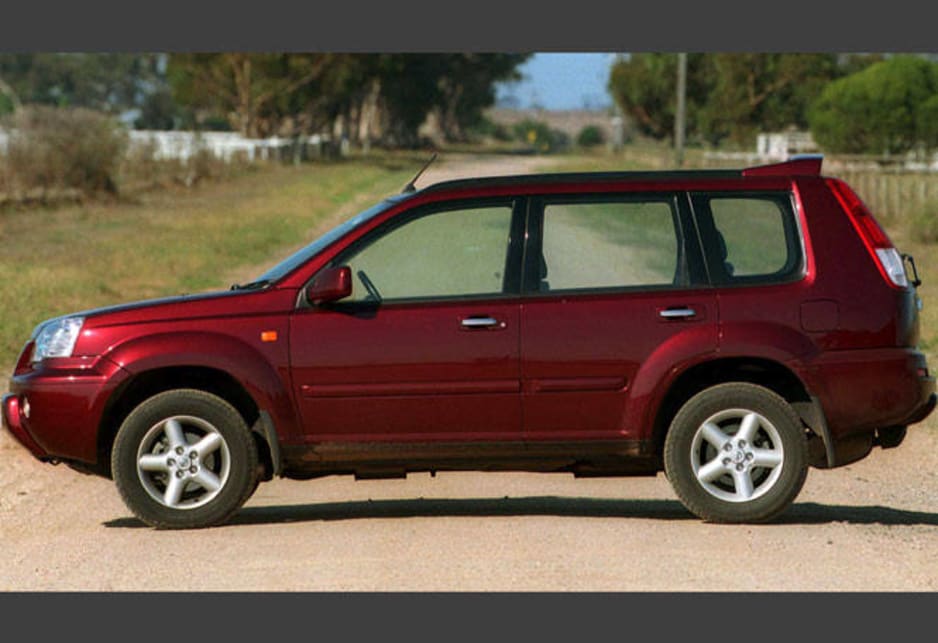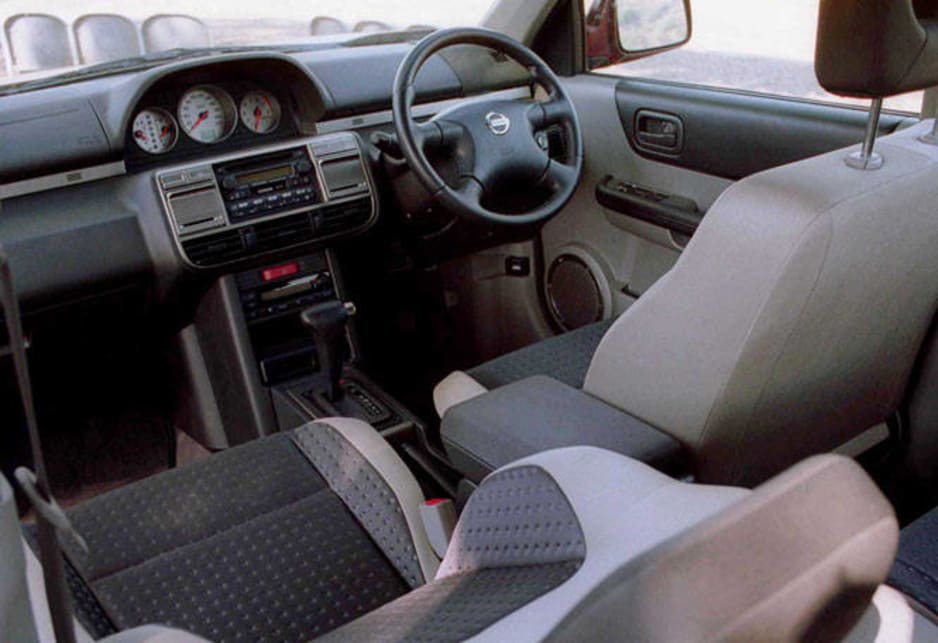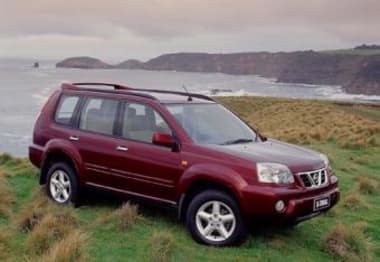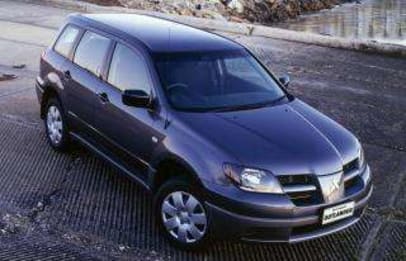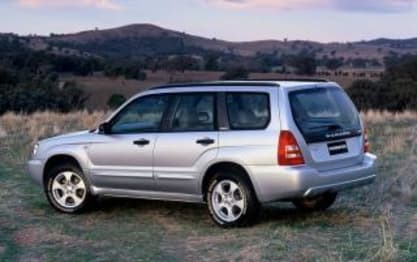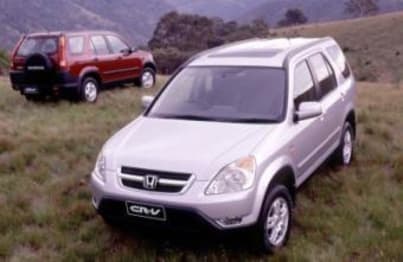
Used Nissan X-Trail review: 2001-2003
- Nissan X-TRAIL
- Nissan X-Trail 2001
- Nissan X-Trail 2002
- Nissan X-Trail 2003
- Nissan X-TRAIL Reviews
- Nissan Reviews
- Nissan SUV Range
- SUV
- Nissan
- Used Car Reviews
- Buying tips
The SUV phenomenon started back in the 1970s with intoxicating images of peaceful places far way from the hustle and bustle of the city and has since become a tidal wave that has flooded our every day lives.
The weekend getaways to the beach or bush have given way to the trek of a lifetime for baby boomers who have taken to the open road in huge numbers, but the SUV has also set down roots in our towns as more and more families turn to it for day-to-day family transport.
SUVs, or Sports Utility Vehicles, like the Nissan X-Trail have become the enduring phenomenon of modern day motoring and there’s no sign they’re going to lose favour with car buyers any time soon.
MODEL WATCH
With the evolution of the SUV have come a number of variations on the theme as carmakers have striven to meet the expectations of a wide variety of buyers.
What was once a rough, tough four-wheel drive designed to do the hard yards in the bush is now a jacked-up wagon with town manners that struggles for survival once the black top stops.
Most carmakers give their SUVs the look of an offroader, but it’s what’s underneath that separates them from the real bush bashers. Nissan attempted to give the X-Trail, the compact soft-roader SUV it launched in 2001, a degree of off-road credibility with its smart drive selection system.
A dial on the dash allows the driver to select their desired drive for the conditions. Select ‘2WD’ and all the drive is directed to the front wheels for regular driving when the rear wheels are just there to keep the back bumper off the bitumen.
When the road was wet and slippery there was the ‘Auto’ setting, which engaged the centre viscous coupling and drive was electronically distributed front and rear as needed. For more tricky going the drive could be locked, which set the torque split at 53 per cent to the front and the rest to the rear. It was effective up to 30 km/h. It was a pretty good compromise that delivered decent smooth-road manners and reasonable capability off the road.
The X-Trail’s four-cylinder engine was on the money when it came to output, which ensured it had plenty of performance available under the right foot when desired. The double overhead camshaft engine delivered 132 kW at 6000 revs along with 245 Nm at 4000 revs, which was enough to have it doing 100 km/h around 11 seconds after launch.
X-Trail buyers had the choice of a five-speed manual gearbox or four-speed auto, the latter being the choice of most townies. Manual gearboxes are normally preferred for control when driving off-road, but even in auto form there was good control of the gears.
Inside there were comfortable seats and roomy accommodation for five, although the centre rear seat passenger had to make do with a lap belt only. The dash was rather unusual with the dials located in a centre cluster, and there was a second glove box located ahead of the driver. The rest of the controls were housed in the centre console along with a couple of drink holders and other switches, including the drive mode control.
IN THE SHOP
As with all SUVs a check underneath is mandatory. Any time an SUV is driven off-road it’s susceptible to damage from sand blasting or flying rocks, so check for damage to the underbody, suspension, drive shafts, and exhaust system etc. If you find no damage it’s a good bet it hasn’t gone off the black top. Few SUVs actually do, the most severe use they are usually subjected to is the school run.
The X-Trail is generally robust and reliable if serviced according to Nissan’s recommendations, so check for a service record to make sure it has actually seen the inside of a workshop. Servicing is even more crucial if a vehicle is used off-road, even if it appears undamaged from the experience.
IN A CRASH
Dual front airbags provide protection for the driver and front seat passenger, while standard ABS antiskid brakes and EBD electronic Brakeforce Distribution kick in when things are looking like going pear shaped on the road.
AT THE PUMP
While its performance is impressive for an SUV it’s fuel economy isn’t bad either. Average drivers should be able to achieve 11.0-11.5 L/100 km around town, and better on the open road, which is quite good for an SUV. There are owners, however, who are unhappy with the economy, but the X-Trail is in line with the average SUV. LPG systems have been developed to meet the demand from some owners who want to save on fuel expenses, and these work well.
OWNERS SAY
Neil Ricketts reckons the X-Trail’s engine is powerful, but also economical. A keeper of fastidious fuel consumption records, Ricketts gets around 11 L/100 km around town and 8.5 L/100 km on a trip. He particularly likes the X-Trail’s versatility, as on a trip it can go places a normal car can’t. He’s had it on the Bloomfield track north of Cape Tribulation, which involved creek and dry riverbed crossings and last winter being exempt from carrying chains he was able to drive on snow and ice in the NSW snowfields without any problem. The extra traction also comes in handy in wet weather driving in the city.
LOOK FOR
• User-friendly drive mode system
• All-wheel drive security
• Good performance
• Reasonable fuel economy
• LPG systems available
THE BOTTOM LINE
A good blend of town manners and bush capability makes the X-Trail a good family all-rounder.
RATING
80/100
Pricing guides
Range and Specs
| Vehicle | Specs | Price* | |
|---|---|---|---|
| ST (4X4) | 2.5L, ULP, 5 SP MAN | $3,850 – 5,610 | 2001 Nissan X-Trail 2001 ST (4X4) Pricing and Specs |
| Ti (4x4) | 2.5L, ULP, 4 SP AUTO | $4,290 – 6,270 | 2001 Nissan X-Trail 2001 Ti (4x4) Pricing and Specs |
$4,070
Lowest price, based on third party pricing data



